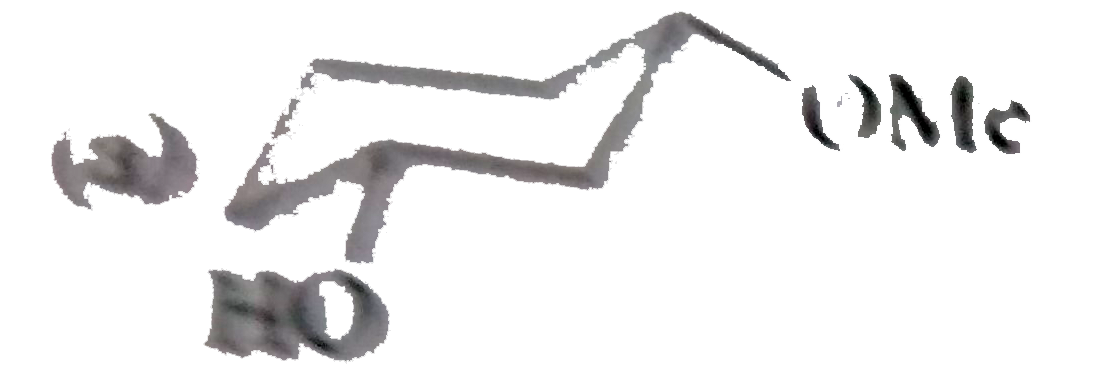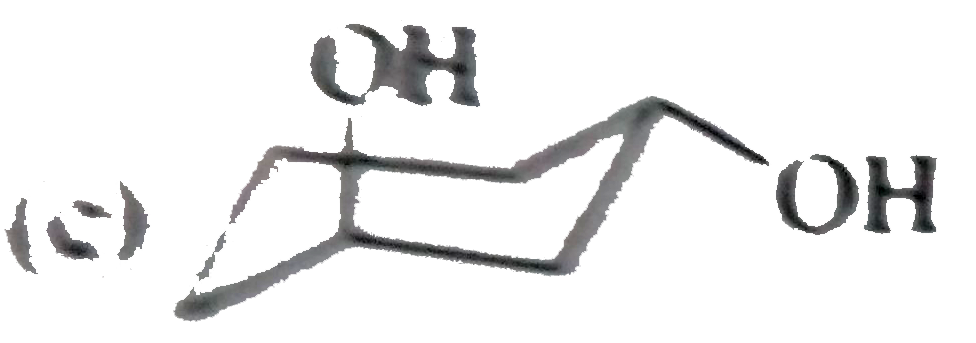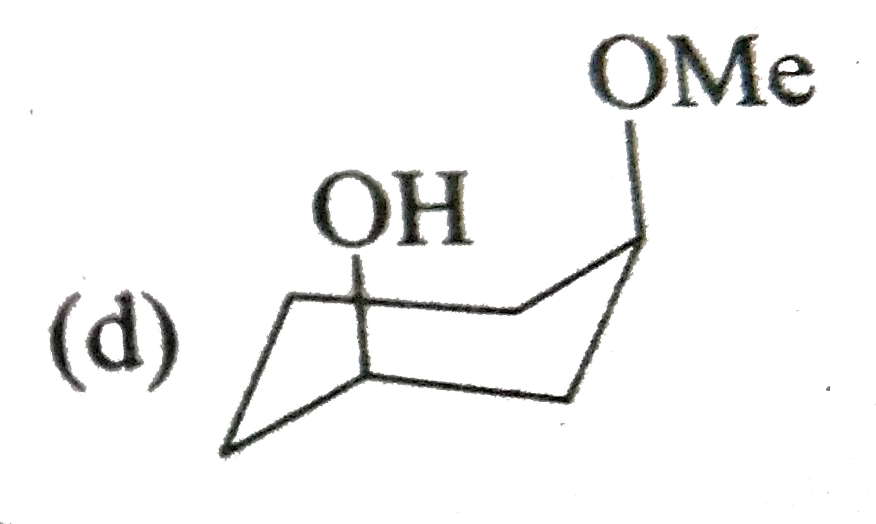Among the following the most stable species is ?




To determine the most stable species among the given options, we need to analyze each compound based on the criteria for aromaticity. Aromatic compounds are known for their exceptional stability due to their unique electronic structure. Here’s a step-by-step solution:
Step 1: Identify the Compounds
List the four species provided in the question. Without the specific structures, we will refer to them as Compound A, Compound B, Compound C, and Compound D.
Step 2: Check for Aromaticity
To determine if a compound is aromatic, it must meet the following criteria:
1. Cyclic Structure: The compound must be cyclic.
2. Planarity: The compound must be planar, allowing for p-orbital overlap.
3. Hückel's Rule: The compound must have (4n + 2) π electrons, where n is a non-negative integer.
Step 3: Analyze Each Compound
- Compound A: Check if it has sp3 hybridized carbon atoms. If it does, it cannot be aromatic.
- Compound B: Check the number of π electrons. If it has 4 π electrons, it is anti-aromatic and thus less stable.
- Compound C: Similar to Compound B, if it has 4 π electrons, it is also anti-aromatic.
- Compound D: If this compound has 6 π electrons (2 + 2 + 2 from three double bonds), is cyclic, and has sp2 hybridized carbons, it is aromatic.
Step 4: Determine Stability
Among the compounds analyzed:
- Compounds A, B, and C are either non-aromatic or anti-aromatic, which makes them less stable.
- Compound D, being aromatic with 6 π electrons, is the most stable.
Conclusion
The most stable species among the given options is Compound D.
---
List the four species provided in the question. Without the specific structures, we will refer to them as Compound A, Compound B, Compound C, and Compound D.
To determine if a compound is aromatic, it must meet the following criteria:
1. Cyclic Structure: The compound must be cyclic.
2. Planarity: The compound must be planar, allowing for p-orbital overlap.
3. Hückel's Rule: The compound must have (4n + 2) π electrons, where n is a non-negative integer.
- Compound A: Check if it has sp3 hybridized carbon atoms. If it does, it cannot be aromatic.
- Compound B: Check the number of π electrons. If it has 4 π electrons, it is anti-aromatic and thus less stable.
- Compound C: Similar to Compound B, if it has 4 π electrons, it is also anti-aromatic.
- Compound D: If this compound has 6 π electrons (2 + 2 + 2 from three double bonds), is cyclic, and has sp2 hybridized carbons, it is aromatic.
Among the compounds analyzed:
- Compounds A, B, and C are either non-aromatic or anti-aromatic, which makes them less stable.
- Compound D, being aromatic with 6 π electrons, is the most stable.
The most stable species among the given options is Compound D.
Topper's Solved these Questions
Similar Questions
Knowledge Check
Among the following the most stable is :
A B
B C
C D
D
Among the following the most stable hydride is
ANaHBLiHCKHDRbH.Which of the following is the most stable species ?
A B
B C
C D
D
Among the following the most stable compound is
View SolutionAmong the following the most stable compound is
View SolutionAmong the following, the most stable polymeric hydride is:
View SolutionWhich of the folliwng is the most stable species?
View SolutionAmong the following sets, the most stable ionic species are
View Solution
